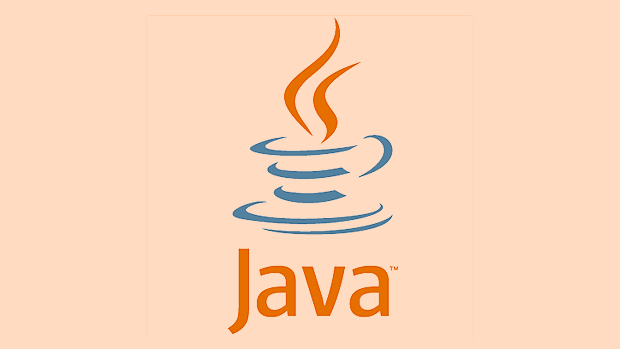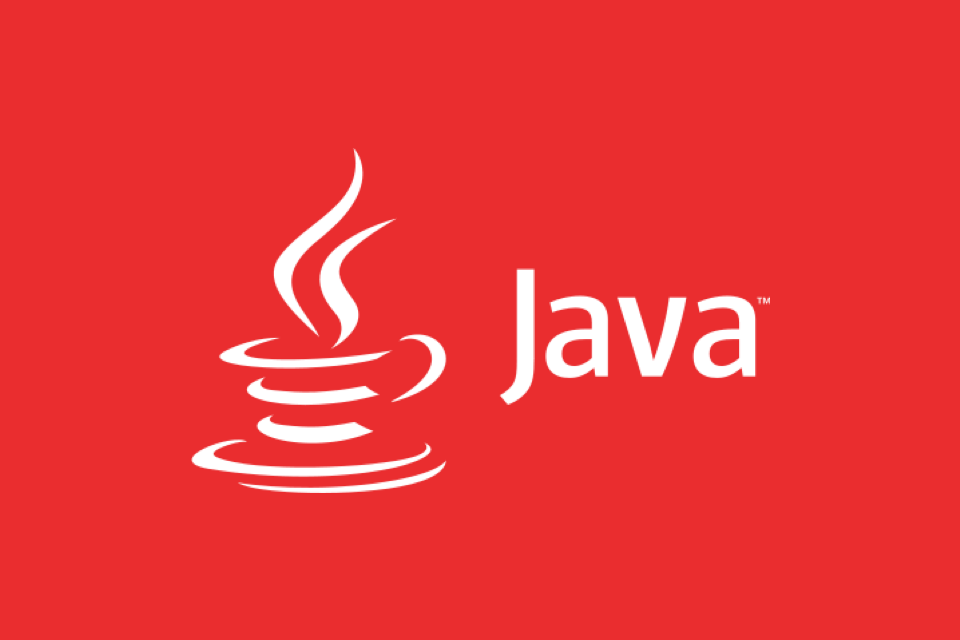Understanding Java Synchronizers: Semaphores, CountDownLatch
Jul 16, 2025 am 02:40 AMSemaphore is used to control the number of concurrent accesses, suitable for resource pool management and flow-limiting scenarios, and control permissions through acquire and release; CountDownLatch is used to wait for multiple thread operations to complete, suitable for the main thread to coordinate child thread tasks. 1. Semaphore initializes the specified number of licenses, supports fair and non-fair modes, and when used, put release in the finally block to avoid deadlocks; 2. CountDownLatch initializes the count, call countDown to reduce the count, await blocks until the count returns to zero, and cannot be reset; 3. Select according to the requirements: use Semaphore to limit concurrency, and wait for all to complete use CountDownLatch. The two are used in combination with actual scenarios to improve concurrent programming efficiency.

Java's synchronization tool class plays a very important role in multi-threaded programming, especially when coordinating behaviors between multiple threads. Among them, Semaphore and CountDownLatch are two very commonly used synchronizers. Although they are different in purpose, they can all help us control concurrency processes more efficiently.

Let’s talk about the scenarios these two classes are suitable for use in and the key points that need to be paid attention to when using them.
What is Semaphore? What is it suitable for?
Semaphore is a counting semaphore used to control the number of threads accessed simultaneously. You can think of it as a pool of resources, such as parking spaces in a parking lot. If there are 5 parking spaces, up to 5 cars are allowed to enter at the same time, and other cars have to wait.

Typical uses:
- Control access to resource pools (such as database connection pools)
- Implement current limiting function
- Simulate mutex (when the permission number is 1)
Key points to use:

- Call
acquire()to obtain permission, if it cannot be obtained, it will block - Call
release()to return the permission after using - Can be set whether it is fair (default is not fair)
For example:
Semaphore semaphore = new Semaphore(3); // Allow up to 3 threads to execute semaphore.acquire() at the same time;
try {
// Perform a controlled operation} finally {
semaphore.release();
}Note: Be sure to put
release()infinallyblock to prevent deadlock.
The role and applicable scenarios of CountDownLatch
CountDownLatch is like a countdown latch. It sets a count when initializing. Whenever an event occurs, countDown() method is called once. Until the count returns to zero, all waiting threads will continue to execute.
Typical uses:
- The main thread waits for multiple child threads to complete before continuing
- Unified notification after multiple services are started
- Simulate concurrent request testing
Example of usage:
CountDownLatch latch = new CountDownLatch(3);
new Thread(() -> {
// Do some work latch.countDown();
}).start();
latch.await(); // Wait for the count to return to zeroSpecial note:
await()will block until the count returns to zero. If you are not sure if you will miss a certaincountDown(), you can consider adding a timeout mechanism.
How to choose Semaphore and CountDownLatch?
Although both are synchronization tools, they solve different types of problems.
- If you need to limit the number of threads running simultaneously, or implement traffic control for some resource access, then choose Semaphore
- If you want some threads to wait for a set of operations to complete before continuing, use CountDownLatch
A brief comparison:
| Function | Semaphore | CountDownLatch |
|---|---|---|
| Is it reusable | Yes (resettable) | No (once zeroing cannot be restored) |
| Main uses | Control the number of concurrency | Wait for multiple events to complete |
| Core Methods | acquire/release | await / countDown |
Basically that's it. Understanding each application scenario clearly and using it in combination with actual needs can make Java concurrent programming clearer and more organized.
The above is the detailed content of Understanding Java Synchronizers: Semaphores, CountDownLatch. For more information, please follow other related articles on the PHP Chinese website!

Hot AI Tools

Undress AI Tool
Undress images for free

Undresser.AI Undress
AI-powered app for creating realistic nude photos

AI Clothes Remover
Online AI tool for removing clothes from photos.

Clothoff.io
AI clothes remover

Video Face Swap
Swap faces in any video effortlessly with our completely free AI face swap tool!

Hot Article

Hot Tools

Notepad++7.3.1
Easy-to-use and free code editor

SublimeText3 Chinese version
Chinese version, very easy to use

Zend Studio 13.0.1
Powerful PHP integrated development environment

Dreamweaver CS6
Visual web development tools

SublimeText3 Mac version
God-level code editing software (SublimeText3)

Hot Topics
 How to iterate over a Map in Java?
Jul 13, 2025 am 02:54 AM
How to iterate over a Map in Java?
Jul 13, 2025 am 02:54 AM
There are three common methods to traverse Map in Java: 1. Use entrySet to obtain keys and values at the same time, which is suitable for most scenarios; 2. Use keySet or values to traverse keys or values respectively; 3. Use Java8's forEach to simplify the code structure. entrySet returns a Set set containing all key-value pairs, and each loop gets the Map.Entry object, suitable for frequent access to keys and values; if only keys or values are required, you can call keySet() or values() respectively, or you can get the value through map.get(key) when traversing the keys; Java 8 can use forEach((key,value)->
 Java Optional example
Jul 12, 2025 am 02:55 AM
Java Optional example
Jul 12, 2025 am 02:55 AM
Optional can clearly express intentions and reduce code noise for null judgments. 1. Optional.ofNullable is a common way to deal with null objects. For example, when taking values ??from maps, orElse can be used to provide default values, so that the logic is clearer and concise; 2. Use chain calls maps to achieve nested values ??to safely avoid NPE, and automatically terminate if any link is null and return the default value; 3. Filter can be used for conditional filtering, and subsequent operations will continue to be performed only if the conditions are met, otherwise it will jump directly to orElse, which is suitable for lightweight business judgment; 4. It is not recommended to overuse Optional, such as basic types or simple logic, which will increase complexity, and some scenarios will directly return to nu.
 How to fix java.io.NotSerializableException?
Jul 12, 2025 am 03:07 AM
How to fix java.io.NotSerializableException?
Jul 12, 2025 am 03:07 AM
The core workaround for encountering java.io.NotSerializableException is to ensure that all classes that need to be serialized implement the Serializable interface and check the serialization support of nested objects. 1. Add implementsSerializable to the main class; 2. Ensure that the corresponding classes of custom fields in the class also implement Serializable; 3. Use transient to mark fields that do not need to be serialized; 4. Check the non-serialized types in collections or nested objects; 5. Check which class does not implement the interface; 6. Consider replacement design for classes that cannot be modified, such as saving key data or using serializable intermediate structures; 7. Consider modifying
 Comparable vs Comparator in Java
Jul 13, 2025 am 02:31 AM
Comparable vs Comparator in Java
Jul 13, 2025 am 02:31 AM
In Java, Comparable is used to define default sorting rules internally, and Comparator is used to define multiple sorting logic externally. 1.Comparable is an interface implemented by the class itself. It defines the natural order by rewriting the compareTo() method. It is suitable for classes with fixed and most commonly used sorting methods, such as String or Integer. 2. Comparator is an externally defined functional interface, implemented through the compare() method, suitable for situations where multiple sorting methods are required for the same class, the class source code cannot be modified, or the sorting logic is often changed. The difference between the two is that Comparable can only define a sorting logic and needs to modify the class itself, while Compar
 How to handle character encoding issues in Java?
Jul 13, 2025 am 02:46 AM
How to handle character encoding issues in Java?
Jul 13, 2025 am 02:46 AM
To deal with character encoding problems in Java, the key is to clearly specify the encoding used at each step. 1. Always specify encoding when reading and writing text, use InputStreamReader and OutputStreamWriter and pass in an explicit character set to avoid relying on system default encoding. 2. Make sure both ends are consistent when processing strings on the network boundary, set the correct Content-Type header and explicitly specify the encoding with the library. 3. Use String.getBytes() and newString(byte[]) with caution, and always manually specify StandardCharsets.UTF_8 to avoid data corruption caused by platform differences. In short, by
 Java method references explained
Jul 12, 2025 am 02:59 AM
Java method references explained
Jul 12, 2025 am 02:59 AM
Method reference is a way to simplify the writing of Lambda expressions in Java, making the code more concise. It is not a new syntax, but a shortcut to Lambda expressions introduced by Java 8, suitable for the context of functional interfaces. The core is to use existing methods directly as implementations of functional interfaces. For example, System.out::println is equivalent to s->System.out.println(s). There are four main forms of method reference: 1. Static method reference (ClassName::staticMethodName); 2. Instance method reference (binding to a specific object, instance::methodName); 3.
 How to parse JSON in Java?
Jul 11, 2025 am 02:18 AM
How to parse JSON in Java?
Jul 11, 2025 am 02:18 AM
There are three common ways to parse JSON in Java: use Jackson, Gson, or org.json. 1. Jackson is suitable for most projects, with good performance and comprehensive functions, and supports conversion and annotation mapping between objects and JSON strings; 2. Gson is more suitable for Android projects or lightweight needs, and is simple to use but slightly inferior in handling complex structures and high-performance scenarios; 3.org.json is suitable for simple tasks or small scripts, and is not recommended for large projects because of its lack of flexibility and type safety. The choice should be decided based on actual needs.
 Outlook shortcut for new email
Jul 11, 2025 am 03:25 AM
Outlook shortcut for new email
Jul 11, 2025 am 03:25 AM
How to quickly create new emails in Outlook is as follows: 1. The desktop version uses the shortcut key Ctrl Shift M to directly pop up a new email window; 2. The web version can create new emails in one-click by creating a bookmark containing JavaScript (such as javascript:document.querySelector("divrole='button'").click()); 3. Use browser plug-ins (such as Vimium, CrxMouseGestures) to trigger the "New Mail" button; 4. Windows users can also select "New Mail" by right-clicking the Outlook icon of the taskbar






